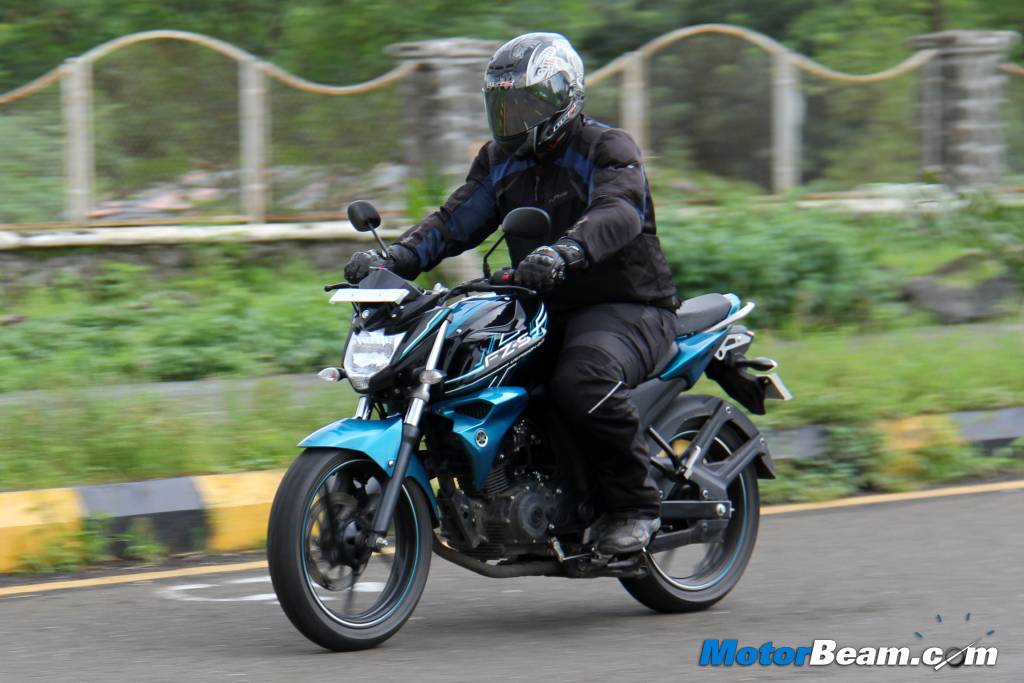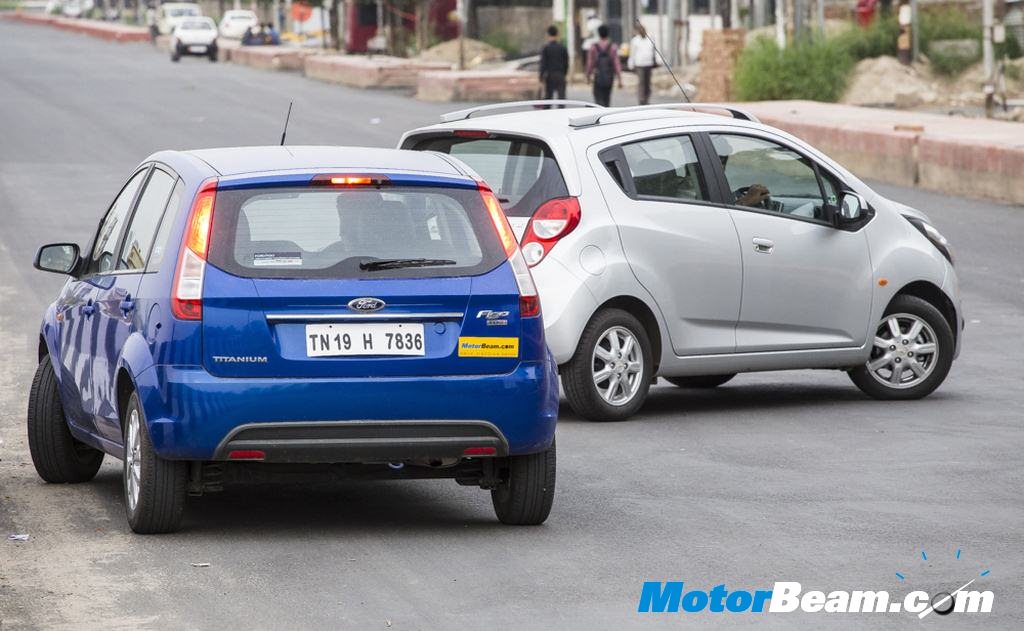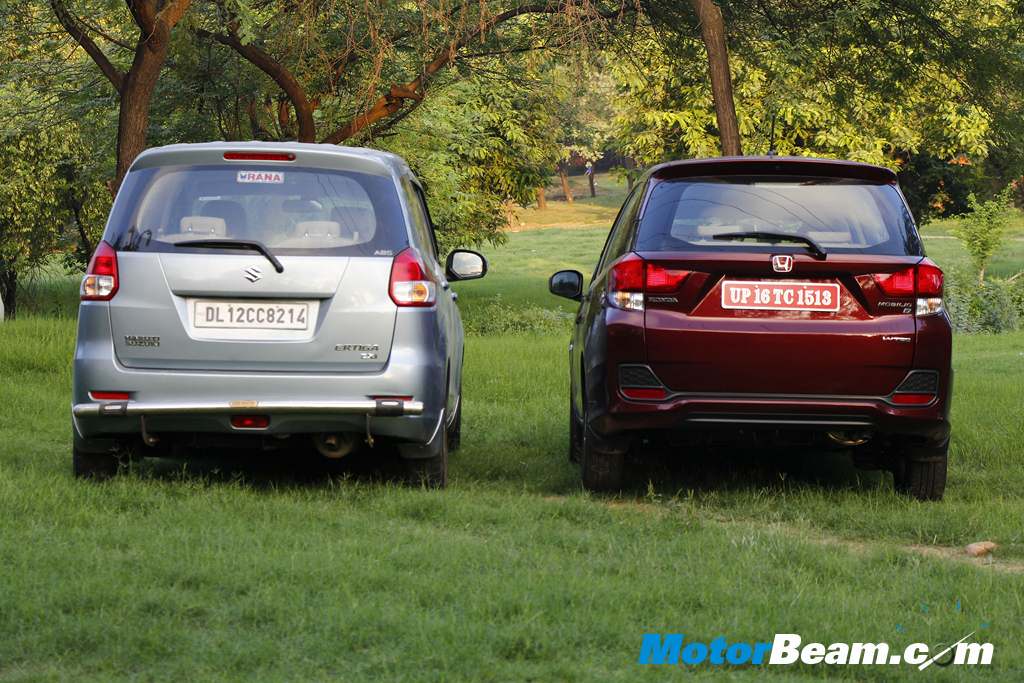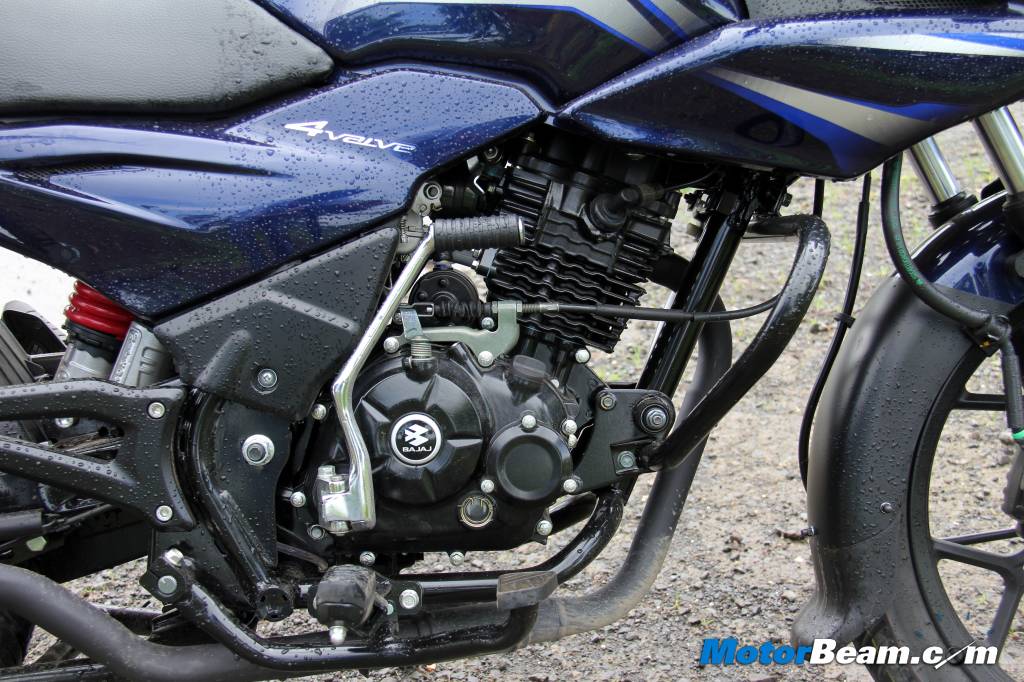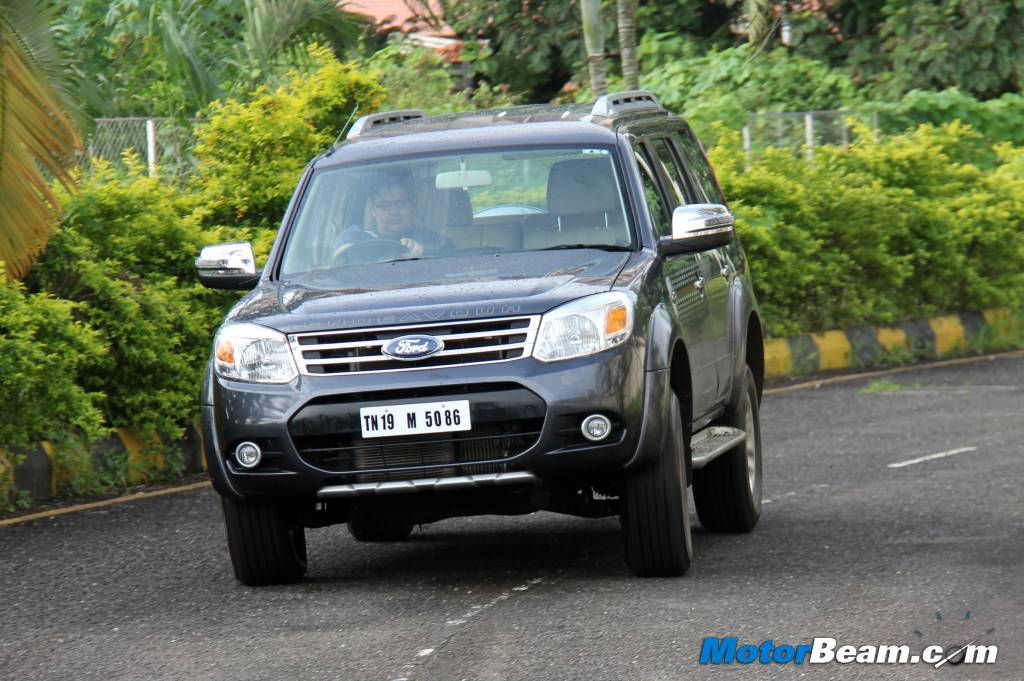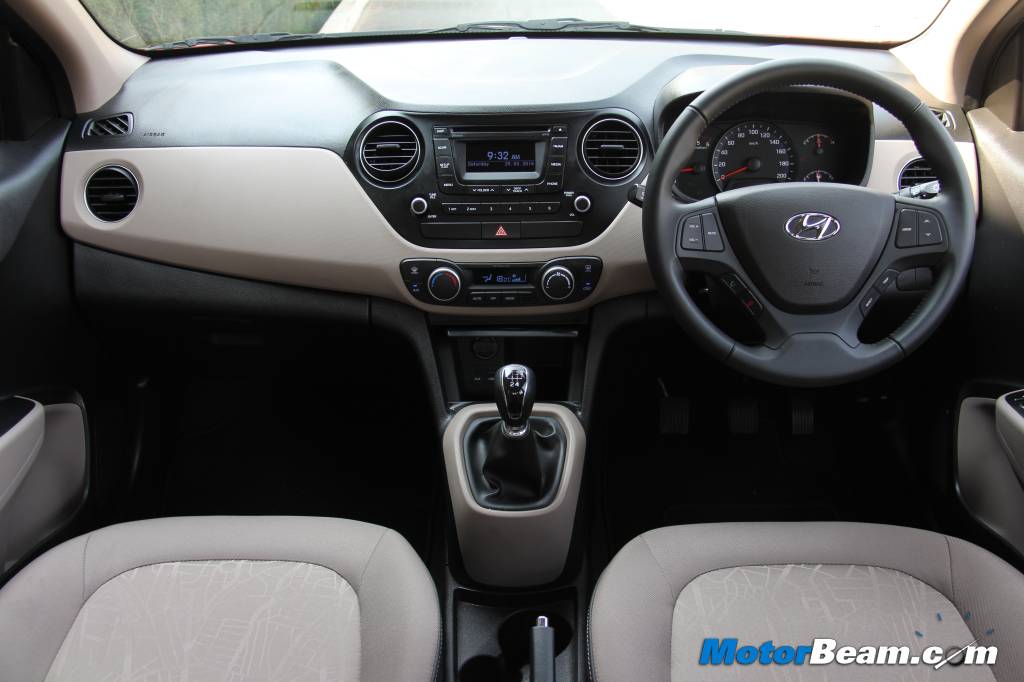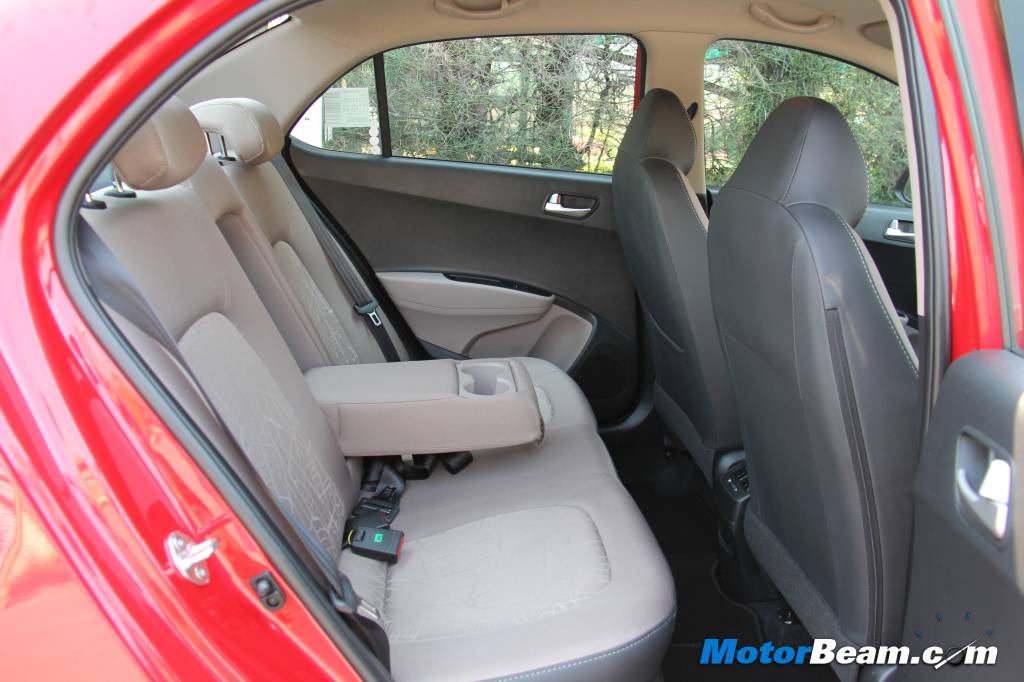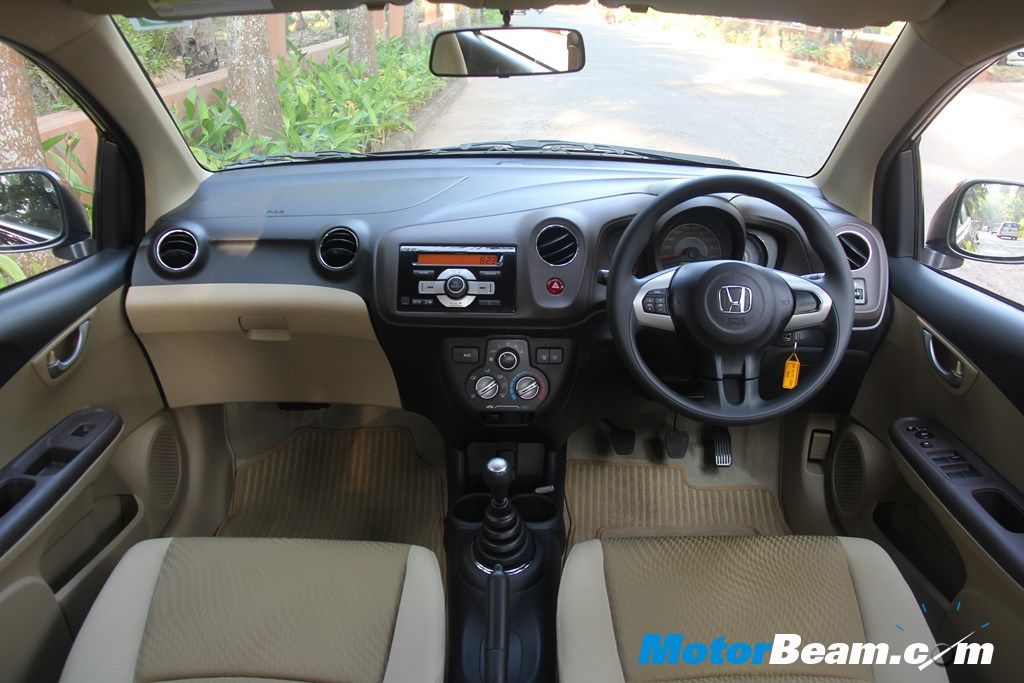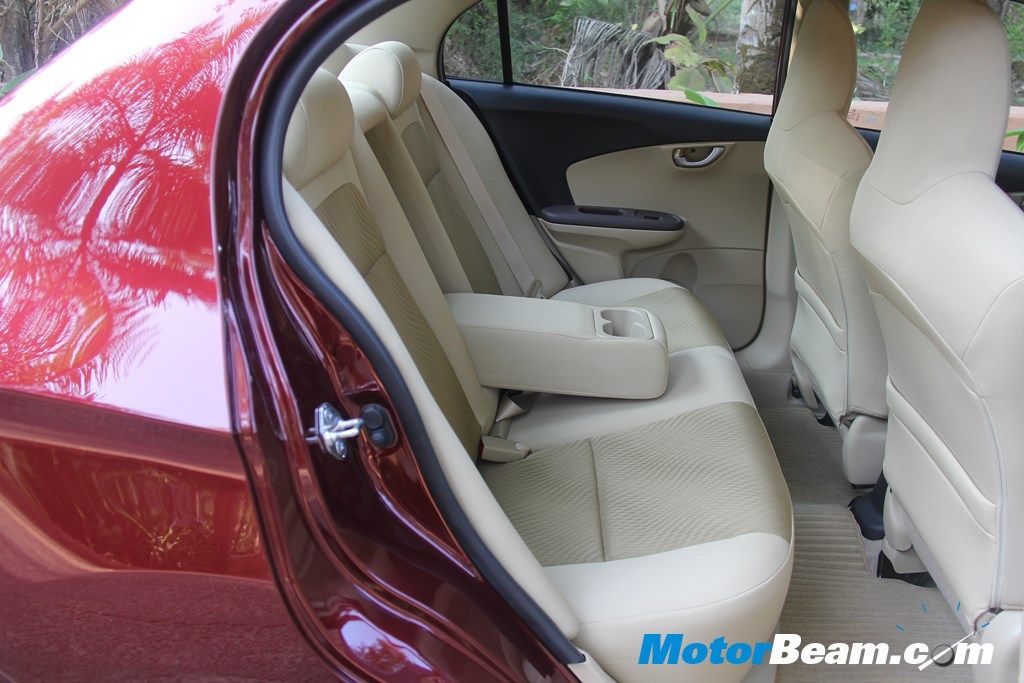![Xcent vs Zest vs Amaze vs DZire Shootout]()
![Xcent vs Zest vs Amaze vs DZire]()
Xcent vs Zest vs Amaze vs DZire – Click above for high resolution picture gallery
Shootout: Maruti DZire vs Honda Amaze vs Tata Zest vs Hyundai Xcent
Price OTR Mumbai: Rs. 5.51 – 8.43 lakhs (Tata Zest), 5.52 – 8.90 lakhs (Hyundai Xcent), Rs. 5.86 – 8.82 lakhs (Maruti Swift DZire), Rs. 6.06 – 9.09 lakhs (Honda Amaze)
The Tata Zest is here to give established compact sedans a big fast run for their money
In spite of the Indian car market not sailing through a good time, there are some segments which are seeing an increase in sales with competition getting more intense by the day. One such segment is the compact sedan space which is seeing a tremendous rise in sales thanks to the vehicles being priced at premium hatchback levels while giving you a sedan body style. When we say compact sedans, only three cars pop up in our minds and unbelievably all these three were in the top 10 highest selling car list of June 2014. The Maruti Suzuki Swift DZire sold 15,990 units, Honda found 7073 buyers for the Amaze while the Hyundai Xcent was bought by 7069 people. That’s a 30,000 units a month segment and now the company which came with the idea of a compact sedan is here to win back its glory. Tata Motors has just launched the Zest, a car which has got rave reviews and a stellar price tag. But can it beat its established contemporaries to emerge as the pick of its class?
Motor Quest: The first compact sedan was the Tata Indigo CS while Maruti Suzuki launched the sub 4-metre DZire in 2012. In 2013, the Honda Amaze was launched while earlier this year, the Hyundai Xcent went on sale. The Tata Zest can be called as the spiritual successor of the Indigo eCS. The next compact saloon headed to India is the Ford Figo sedan which is due for launch by April 2015.
The side profile clearly reveals that the Amaze and Zest are the smoothest here
Styling – When Maruti Suzuki launched the second generation Swift DZire, everybody immediately accepted the fact that a compact sedan means a compromise in appearance, more so of the side and rear design. Honda was quick to dissipate this belief with the Amaze, a car which looks every inch well proportioned, evoking no feeling that a boot was pasted on the Brio’s derriere. When Hyundai launched the Xcent, there were mixed reactions to the styling but one can’t deny the fact that this compact sedan from the Korean automaker doesn’t have as smooth flowing a design and the front and rear-end don’t exactly match. Still, Hyundai has done a much better job than Maruti as the exteriors grow on you with time.
Honda’s boot integration looks the most appealing, the Zest comes second
Pulling out an impressive exterior with their DesignNext philosophy, the Tata Zest is a car which looks the most attractive of the bunch thanks to the massive attention to detail. Yes, the car still doesn’t have as neat a boot integration as the Amaze but the front-end is simply the best here, with those projector headlights and daytime running lights on the front bumper. The side profile is smooth flowing too and the rear is decent looking as well. With nice chunky wheels (all variants have alloys) and subtle chrome touches, the Zest manages to look more expensive than its rivals, it’s also the longest (with the DZire), widest and tallest. Still looks being a subjective matter, we are tied here between the Amaze and the Zest in the styling department.
![Maruti DZire vs Hyundai Xcent vs Honda Amaze Interiors]()
![Maruti DZire vs Hyundai Xcent vs Honda Amaze Rear Seat]()
Hyundai’s interior quality is a notch above the others, the Xcent is very loaded with a plethora of equipment
Interiors – In terms of dashboard design, the Amaze easily comes out last as the cabin simply isn’t a match to the other three in visual appeal. The DZire’s interiors feel really good and quality is excellent too, the Zest being almost similar but lacking on consistency. The Amaze isn’t far behind in quality either. However, the Xcent has the best quality here, easily a notch above the others. It also has the best dashboard design which simply makes you feel you are in a more expensive car than you actually are. The Zest isn’t far behind the Hyundai, the Tata vehicle having a dash which has a very European feel and nothing like you have ever seen in a vehicle from the Indica maker.
![2014 Tata Zest User Experience]()
![Tata Zest Rear Seat Space]()
The Zest has a very European feel and has the most space inside, it has many segment first features
The seats on all these four cars are good but the ones on the Amaze and Xcent are a bit slim with both companies using fixed headrests for front passengers (the Amaze also has fixed headrests for rear passengers). The DZire and Zest both have big seats which feel very comfortable too, all the headrests are adjustable here. In terms of space, the DZire is the worst, it simply isn’t anything better than your regular hatchback while the other three cars boast of a spacious cabin with ample room at the rear. Where the Amaze and Zest excel over the Xcent is the fact that both these cars are wider than the Hyundai, letting three sit at the rear, something of a squeeze in the narrow Xcent. The Zest has the biggest wheelbase here and but it lacks a rear seat centre armrest, a feature present in all the other three cars. The Zest also has a big transmission hump which is lacking in other cars. The Hyundai has the biggest boot at 407-litres, followed closely by the Amaze and Zest at 400-litres and 390-litres respectively. The DZire finishes last with its tiny 316-litre trunk.
![Maruti DZire vs Honda Amaze Dashboard]()
![Maruti DZire vs Honda Amaze Space]()
The Swift DZire has a nice two-tone dashboard but lacks on interior comfort as well as boot space
The interior war is clearly between the Xcent and Zest, as these two cars boast of the most space and equipment
Till now, it has been a mixed bag as we have discussed parameters where each car has shown a strong point. However, when we get equipment in contention, the Amaze and DZire go out of contention, both cars lacking on features compared to the Xcent and Zest. The DZire is more loaded than the Amaze which lacks a lot of features including climate control AC, auto-locking doors (absent on the Xcent as well), multi-information display, etc. Both the DZire and Amaze lack reverse parking sensors and Bluetooth connectivity, we are in year 2014 (wake up Japanese!). There are some features in the Xcent which are missing on the Zest like a rear AC vent, push button start, keyless GO, 1 GB storage for audio system, rear parking camera and a cooled glovebox. The Zest gets some feature which are missing on the Xcent, like a 5-inch touch-screen infotainment system (lower variants getting a 3.5-inch system with most of the functionalities) with a state-of-an-art audio system which is so good that it can give a car costing three times a run for its money. There are voice commands, phone functions (you can message through the car) and what not. Other features like 15-inch alloys, daytime running lights, projector headlights, follow-me-home headlamps, IR remote, 7-speed wipers, etc. are a nice touch over the Xcent.
![Maruti DZire vs Honda Amaze Interiors]()
![Maruti DZire vs Honda Amaze Rear Seat]()
The Amaze has slim seats and lacks heavily as far as features go, it’s the costliest with lowest equipment
The Tata Zest clearly fares strongly in the interior department, it has an appealing dashboard, the best instrument cluster and also the best steering wheel of the four cars here. Where it loses points is the lack of storage spaces on the inside, there is just one cup holder, the door pockets are small and won’t hold a big bottle while there are no magazine pockets either. If anything, the storage tray below the co-passengers seat and large glovebox try to compensate for the lack of storage bins, it is still the Xcent which fares the best in interior storage. In terms of equipment alone, the Xcent is ahead but the Zest is more spacious and the audio system is simply outstanding. When you consider all things, the Zest has the most compelling interior with good space for five and a design which is sure to please all.
![Xcent vs Zest vs Amaze vs DZire Shootout]()
The Tata Zest is the most powerful and torquiest car when it comes to petrol engines
Performance – All these cars are available with petrol and diesel engines but the engines are quite different among these vehicles, making it very interesting. Let’s start with the petrol engines first. The Tata Zest is the most powerful car here and is the only vehicle which uses a turbocharged mill. The Revotron unit produces 90 PS at 5000 RPM and a class leading 140 Nm of torque at 1750-3500 RPM which is miles more than the 109 Nm, 114 Nm and 114 Nm of torque in the Amaze, DZire and Xcent respectively. The Amaze is the second most powerful with 88 PS while the DZire comes in third with 86 PS and the Hyundai comes in last with 83 PS but isn’t a slouch either with a 0-100 km/hr time of 13.28 seconds. In terms of horsepower, there isn’t much to differentiate but the torque output makes a big difference here.
The Zest clearly has all its rivals in its sight with a turbo-petrol mill and drive modes
The petrol Zest is the most drivable car of the lot but the Amaze and DZire are the most fun
With as much torque as a 1.5-litre engine, the Revotron motor in the Tata Zest isn’t what you would expect from a turbo petrol powerplant. Rather than top-end performance and a kick-in-the-pants feel, the petrol Zest is more sedate and the focus is more on drivability where it excels against the others. Both the Honda and Hyundai are move active in the mid and top-end while the K-Series mill feels the most alive all throughout, it has a 0-100 km/hr time of 12.97 seconds. The Zest also gets a segment leading feature which are three drive modes (City, Sports and Eco) that do make a difference in the way the motor responds to throttle inputs (the vehicle does the 0-100 km/hr run in 16.62, 15.94 and 13.68 seconds in Eco, City and Sports mode respectively, as per our VBOX runs). Still, if you are looking for the fastest car (in terms of acceleration) here, the Amaze i-VTEC is the one with a 0-100 km/hr time of 12.5 seconds. It’s the slowest in terms of top speed though due to the ridiculous speed limiter which kicks in at 140 km/hr. The Amaze is more capable as one can hit the speed limit in third gear itself.
The Zest is the least frugal in terms of ARAI mileage but the difference is marginal
In terms of mileage too, the Zest is the least efficient (being the only car here breathing through 2-valves per cylinder and running a cast iron block, there is no variable valve timing either) with an ARAI mileage figure of 17.6 km/l. While the DZire and Xcent return 19.1 km/l and the Amaze is rated at 18 km/l (all ARAI figures). The petrol Zest is also the only car to not have an automatic gearbox on offer as the petrol versions of all the three cars are offered with the choice of an automatic, the Amaze using a 5-speed while the DZire and Xcent doing with a 4-speed. All four cars have a light clutch and a smooth gearbox but the one on the Maruti feels the best, followed by the Hyundai and Tata. NVH levels on the Xcent are the best but the Zest being the most drivable with good all-round performance (the turbo whistle is very apparent too) makes it our pick of the petrol cars.
The Zest is the only diesel car to be offered with an auto box, uses an AMT
When we come to diesels, there is a bit more difference between the engines. The Honda Amaze is the most powerful with its 1.5-litre i-DTEC mill generating 100 PS and 200 Nm. Both the Maruti Suzuki and Tata cars share the same engine, Fiat’s 1.3-litre Multijet diesel unit being offered in different tunes on these vehicles. The DZire and base Zest both produce lower output as they lack a VGT. The DDiS mill belts out 75 PS and 190 Nm but in spite of the low output, the DZire is quite fun to drive and doesn’t feel so low on output (0-100 km/hr in 14.63 seconds), it does have the worst drivability though with the most turbo lag of the lot. The Zest produces 90 PS and 200 Nm with the motor tuned for drivability resulting in almost no lag. The Xcent is the only diesel car here to feature a 3-cylinder engine, the 1.1-litre mill outputting 72 PS and 180 Nm, making it the slowest of the lot (still does 0-100 km/hr in 15.85 seconds) but drivability is excellent, lag is well contained and NVH levels are easily class leading, the Amaze being the worst in NVH.
The Amaze is the fastest diesel car here in terms of acceleration, it leaves others behind
The Honda Amaze might be the fastest diesel car here but others aren’t far behind when it comes to performance
The Honda feels the most peppy, it has the most grunt too (0-100 km/hr in 11.82 seconds) and the lag is well contained which aids in ambling around town without a fuss. None of these four cars feel underpowered and that’s really surprising as the Xcent with the lowest output figures here, manages to offer swift enough performance for both city and highway duties. But it’s clear, the Amaze with the most power is the quickest but the lack of top speed (due to the limiter) does rob away from the drive experience. All cars are mated to a 5-speed manual gearbox, the Xcent having the best shift quality and smoothest clutch. The Xcent and Zest both have very good low-end performance, the Honda having the best all-round power band while the DZire excels in the mid and top-end.
Tata Motors has got the right tune on the diesel Zest, it’s the most drivable
The Amaze is the most frugal with a mileage of 25.8 km/l, the Xcent following in closely at 24.4 km/l and the DZire third at 23.4 km/l. Yet again, the Tata vehicle finishes last (the Zest weighs around 100 kgs more than its rivals) in the mileage numbers with a figure of 23 km/l (all ARAI certified) but the difference between the fuel efficiency of all these cars in the real world will be less than a km per litre. The Amaze being the car with the smallest fuel tank capacity of just 35-litres against the 42, 43 and 44 litres in the Xcent, DZire and Zest respectively. Where Tata Motors pulls out a big advantage over others is with the 5-speed AMT which makes the Zest the cheapest automatic car in the country. Being the only vehicle in the segment with an automatic gearbox, the diesel Zest is the default choice for those who choose convenience over everything else.
Except the Hyundai, all other cars are fun to drive with very good handling
Driving Dynamics – All cars use electric power steering but the one on the DZire is the best, it simply weighs up terrifically at high speeds. The Amaze isn’t far behind and nor is the Zest, the steering having good feedback and instilling confidence to push harder. The Hyundai fares the worst here, while its handling is good when driven sedately, push it a bit hard and it simply doesn’t instil the same confidence as the other three, the steering being quite vague. While it has the best brakes of the four, the Xcent simply isn’t as fun to drive and won’t put a smile on your face around a valley section. It is however, the easiest car to drive as the controls are light and manoeuvrability is easy. Turning radius of the petrol Amaze is the lowest at 4.5 metres while the Xcent and diesel Amaze have a 4.7 metre turning radius. The DZire has a bigger turning radius at 4.8 metres while the Zest has the biggest at 5.1 metres.
The Zest has the best ride quality here, the Xcent has the best brakes
The Zest is by far the best riding car here, the chassis is so well set-up that you can really enjoy driving this Tata
The Amaze and DZire both have excellent handling and they can be a whole lot of fun but the Zest surprises you with its capabilities (only car to have Cornering Stability Control here), it’s a car which handles quite well too and can keep up the fun quotient like the Japanese compacts, it just feels a bit heavier than the Japs. Where the Zest is by far the leader is the ride quality, it has the best ride quality here, period, nothing matches it on that front and the way it goes around absorbing bumps even on the worst of roads can leave you pleasantly stunned. The Xcent with its soft suspension comes second while the slightly stiffer Japanese cars finish later. The Amaze rides decently well but poor insulation makes all those thuds even more prominent while the Swift DZire has the worst ride quality of the lot, it also has the worst brakes here, the Amaze finishing second last and the Zest being the runner up after the Xcent in stopping power. All cars are stable at speed but the heavy Tata feels more composed than the others.
All get ABS, airbags but the Zest is more loaded in lower trims, also feels the most solid
Safety and After Sales Service – As usual, none of the cars in this segment are tested by Global NCAP yet and since none of them are sold in Europe, there is no report by Euro NCAP on their crash worthiness. All these cars come with dual airbags and ABS on their top-end variants but Tata is the most generous as it offers ABS, EBD and CSC as standard on all variants (except the base XE). The safety pack which consists of two airbags is priced at Rs. 20,000/-, available on the middle XM trim, making it the XMS variant. As far as after sales service goes, Maruti is the king, followed by Hyundai and Honda, Tata Motors finishing last. However, the Land Rover owners have turned their attention heavily on this department and the Zest also boasts of the best warranty, maintenance plan and roadside assistance in the segment.
The Zest clearly has other compact sedans firmly in its sight with its aggressive pricing
Verdict – If you have been reading MotorBeam regularly, you would be having a rough idea as to who the winner of this shootout is. We have already done a lot of shootouts related to these cars, when we pitched the Xcent and Amaze against the DZire, the Maruti car came in last. When we put the DZire against the Zest last month, the Tata vehicle emerged on top. So the fight is between the Zest, Amaze and Xcent. Let’s first talk Zest vs Amaze, the Tata vehicle having a slew of equipment which makes you feel shortchanged when buying the Honda. The Amaze finishes third, being displaced from its earlier second position. Where the Amaze falters is that it has highest price and the least features, a proposition which simply doesn’t work in our value/cost conscious market. So between the Zest and Xcent, who finishes on top?
This is indeed how the cars finish, the Zest wins while the Xcent comes in a close second
Tata Motors seems to have taken a few leaves out of Hyundai’s book by playing the value game better than the Koreans. While the Xcent has the better quality and some features are unique to the Hyundai, the Tata Zest is the better looking car here with better engines. The Hyundai appears more practical with more storage places and a bigger boot while the Zest is more roomy with its wider cabin. There is absolutely no doubt that the Zest has the better ride and handling balance against the Xcent. But Tata has managed to beat Hyundai at its own game, the Zest has more features as the lower variants are better equipped than the Xcent (all variants of the Zest get alloy wheels, something unseen in a locally manufactured car). When you compare the top-end XT variants alone, the Zest is cheaper by a whooping Rs. 47,000/-. If one considers the XMS variant which has features on par with the competition, the Zest is another Rs. 65,000/- cheaper. Thus you get all features of top-end Amaze and DZire in the XMS trim at Rs. 1.12 lakhs less! This price difference is consistent for most variants and that brings us to the winner of this shoot, the company which started the “more car per car” mantra in the first place has delivered exceptional value, making the Indian car emerge on top in this compact sedan shootout.
The Tata Zest beats the rest by being the best in terms of value, the Zest is by far the cheapest car here with the most features. Who would have thought a Tata car would compete against well established Japanese and Korean rivals and beat them but the Zest is so good that it’s our pick of the lot in this segment.
The Zest and Xcent are far ahead of the DZire and Amaze when it comes to value
Further Reading -
Tata Zest Revotron Review
Tata Zest AMT Review
Hyundai Xcent Review
Honda Amaze Review
Tata Zest vs Maruti DZire Review
Honda Amaze vs Maruti DZire Review
Hyundai Xcent vs Honda Amaze vs Maruti DZire
The post Maruti DZire vs Honda Amaze vs Tata Zest vs Hyundai Xcent – Shootout appeared first on MotorBeam - Indian Car Bike News & Reviews.






















































































































